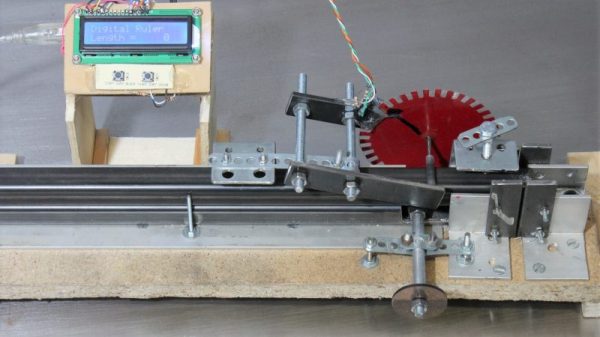Do you live in an area where you (or your car) are locked in by a gate? If so, you may know how [Alexander Else] feels about letting his guests in and out constantly with a remote control — it’s just not convenient. [Alexander] could have just purchased some extra remote controls and passed them out, but they aren’t exactly as cheap as party favors. Not to mention it wouldn’t make sense to hand one out to every single visitor anyway. Because the gate is a community gate, hacking the actual gate system was not an option. There was only one thing he could do — hack the remote control!
Like just about every other hacker, [Alexander] had a spare ESP8266-based board lying around. [Alexander] also had a couple of spare relays which he used to control the two buttons on his designated ‘sacrifice’ remote — one relay per button. After throwing these parts together with a couple of supporting bits of electronics, the hardware was done. Now [Alexander] can just set up HTTP Request Shortcuts on each trusted visitor’s smartphone. From there on out they can open/close the gates themselves!
Originally, he was using IFTTT to trigger the string of events that make it all happen, but there was a delay of about 8 seconds (from trigger to relay action). [Alexander] was not having this so he turned to the HTTP Request Shortcuts app. When he made this change, the delay disappeared. Continue reading “ESP8266 MQTT Remote Gate Entry”


















